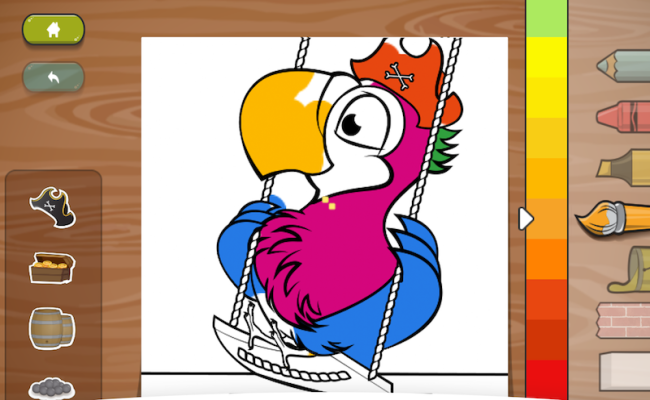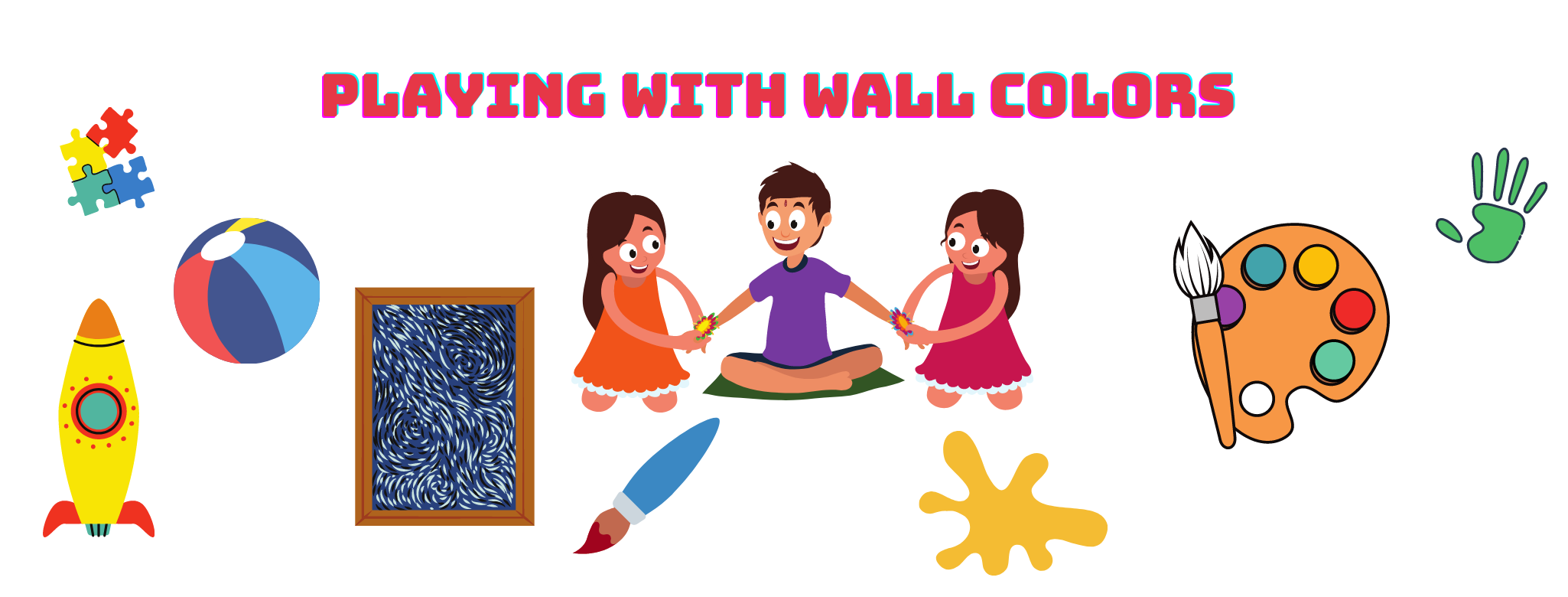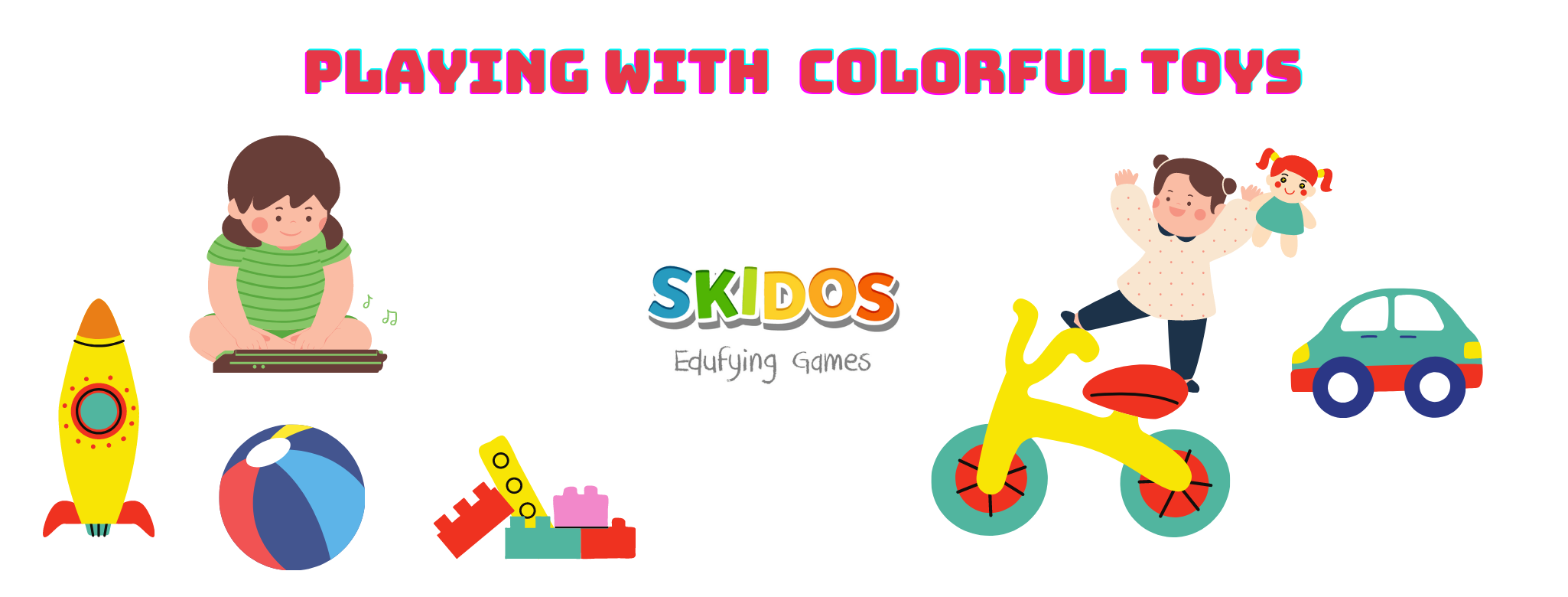

Every year, parents can’t wait for summer to begin for a variety of reasons; the kids are off to summer camp, they’re busy being creative at the local community centre, they’re outdoors most of the day catching up on their sporty side or they are more than happy to spend most of the summer at grandma’s place. But what are we to do when the world is in the midst of a pandemic, and everyone is locked indoors, especially the 2 – 4 year olds? What do you do when your child is prancing up and down the house not knowing where to channel all that energy?
| >>> Read more: Why Are Communication Skills Important in Child Development?
There’s no need to panic. There are loads of games for pre-schoolers that can be played at home. We bring you ways in which cognitive skills in toddlers can be worked upon, as well as ways in which you can calm and energise them. One great way to calm, energise and sooth them is through colors. Colors for toddlers have proven to be highly beneficial.
And why not? Colors are everywhere we go and in everything we do. Painting games for kids can lift spirits, brighten moods and change their outlook towards life in that moment. Let’s see what you, as parents, can do to promote color therapy in your children.
Different colors touch different nerves in a child’s mind. Some will calm and some will alarm. As a parent, you can find the perfect combination of colors for toddlers that will sooth and revitalise them. Get down to painting the room with your kids using these colors and have some fun. Painting games for kids are always exciting.

To help you decide, let us tell you what each color represents.
Coloring books, coloring apps like Skidos, painting games for kids, clay art, hand painting, etc are various coloring activities that will keep your child occupied in the most creative manner. Invest in all these products as much as you can and let your child set foot in the world of colors.
| >>> You might not know about the hot topics of: 21st Century Skills for Kids & Rethinking how Students Learn
Allow them to take their time and get their game on. Practice with them for a while and let them tell you the names of each color and where those colors are seen in the world. Let their imagination take them to various places, and you’ll be positively surprised at the creativity that unfolds in your child’s mind. Motivate them to let their creativity expand in the coloring activity they’re engaging in.
Kids like to be treated as equals. If you step out with your shopping list, take them too. It may sound strange, but it’s actually a great way to get them thinking, and this activity falls under color therapy. For example, if you’re buying them clothes, ask them what colors they like and let them try on clothes that are of their favourite colors.
Ask them what color bottom will go with the top that they have picked. Allow them to have fun with the clothes and create different colorful sets of clothes. This will also give you an insight into your child’s mind allowing you to learn what appeals to them most. Similarly, when you’re at the supermarket, ask them to name the colors of the fruits and vegetables, and give them a pat on the back when they answer correctly.
Toys like blocks, beads, the Rubik’s Cube, etc are bright and colorful. These kinds of toys spark creativity in the child. They will be engaged, entertained and productive when playing with them. Be rest assured that colorful toys will brighten up their day, improve their mood and better their proclivity towards the activity. When you need a break to do a bit of reading or cleaning, the best way is to have the child engaged in an activity. Colors for toddlers are a brilliant way to keep them engaged.

What better color therapy technique to boost cognitive skills in toddlers, than creating colors themselves. Get paints of primary colors and mix small portions of them to form new colors. We’ve all learnt that purple and white makes pink, yellow and blue will give you green, yellow and red makes orange, blue and red gives you purple, and many more combinations can be used to create new colors. You can only imagine the joy and excitement in a child when they realise they have created an entirely new color. There’s learning, fun and a charming surprise element for the kids in this activity.